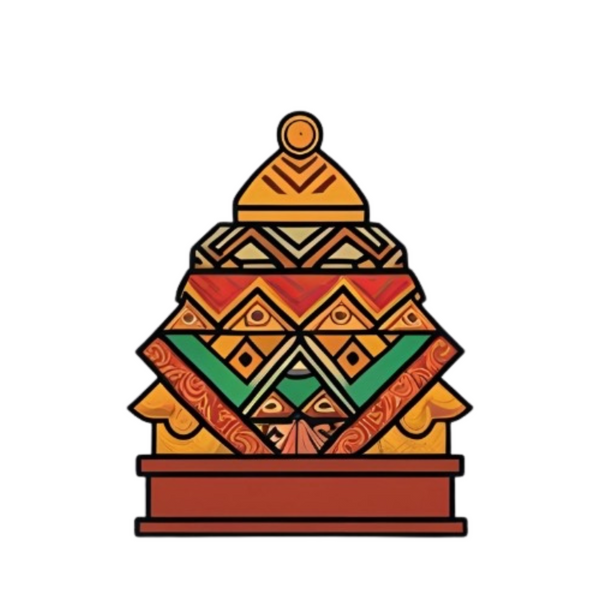
Hearing, Reflection, and Meditation: The Heart of Buddhist Learning
Share
When we first approach Buddhism, the vast ocean of teachings can feel overwhelming. Where should we begin? Which practice is most important? The Buddha and later masters offered a simple yet profound path: Hearing, Reflection, and Meditation — in Chinese, Wen-Si-Xiu (闻思修). These three steps are like a compass for every seeker, guiding us from curiosity to genuine transformation.
Step One: Hearing (Wen)
Hearing means listening to the Dharma — through teachers, scriptures, or even conversations with fellow practitioners. It is about opening ourselves to wisdom that we may not have considered before.
-
Why it matters: Without hearing, we remain trapped in our limited views. Just as someone living in a dark room cannot imagine sunlight until the window is opened, hearing the Dharma opens a window to reality.
-
How to begin: Start with short sutras, inspiring talks, or podcasts. You don’t need to master everything at once. Even a single sentence can plant a powerful seed.
“Hearing the Dharma is like encountering a lamp in darkness — once lit, you cannot return to blindness.”
Step Two: Reflection (Si)
Reflection means thinking deeply about what we have heard. The Dharma is not meant to be blindly believed; it is meant to be examined, questioned, and tested against our own experience.
-
Why it matters: If we only hear without reflection, the Dharma remains someone else’s words. Reflection allows it to sink into our heart, to challenge our habits, and to reshape our worldview.
-
How to begin: After hearing a teaching, ask yourself: “Does this resonate with my experience? How would my life change if I lived according to this truth?” Writing down your reflections in a journal can make the process more real.
Reflection turns borrowed wisdom into personal insight.
Step Three: Meditation (Xiu)
Meditation is the practice of living the Dharma. It is not limited to sitting cross-legged — it means bringing awareness and compassion into daily life.
-
Why it matters: Without practice, wisdom stays in the head but never touches the heart. Meditation is where transformation happens — where theory becomes experience.
-
How to begin: Set aside a few minutes each day to simply breathe and observe your thoughts. Recite a mantra with sincerity. Or, practice kindness deliberately — offering a smile, a patient word, or an act of generosity. These are all forms of meditation.
“Just as seeds need soil, water, and sunlight, our understanding of Dharma needs practice to bear fruit.”
The Circle of Learning
Hearing, Reflection, and Meditation are not three steps you finish once and move on. They form a living circle:
-
Hearing brings in new wisdom.
-
Reflection deepens it.
-
Meditation embodies it.
-
Then, with a clearer mind, you hear more deeply again.
Over time, this cycle polishes the mind like a jewel, making it radiant with clarity and compassion.
Why It Speaks to Beginners
You don’t need to retreat to a monastery to begin this path. Anyone can practice Wen-Si-Xiu in daily life:
-
Listen to a short teaching on your commute.
-
Reflect on one line during a walk.
-
Meditate for five minutes before bed.
Small steps, repeated consistently, awaken something profound. The Dharma is not far away; it lives in each mindful breath and each compassionate action.
✨ Invitation to Begin
If you are curious about Buddhism but unsure where to start, let Wen-Si-Xiu be your first guide. Hear a teaching that inspires you. Reflect on its meaning. Try practicing it in your life today.
Over time, these simple steps become a path — a path not only to peace and clarity but also to discovering the luminous heart that was always within you.
EverestArtStudios
